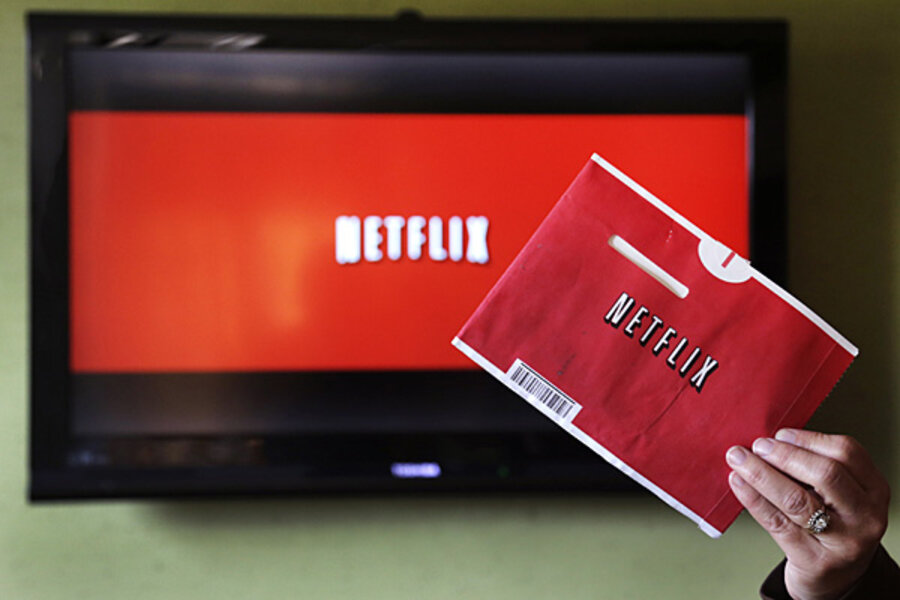Are you spending too much on monthly services?
Loading...
When we first ran into our financial wall, the first action I took was to head to the library and check out a pile of books on personal finance. I brought home at least a dozen books and I started reading them rapidly and taking notes.
One theme that popped up over and over again was cutting costs. At first, I didn’t really know how to approach this idea, so one Sunday afternoon, Sarah and I went through all of our monthly bills and credit card statements. We decided to highlight everything we found that was not an absolute necessity.
So, we ignored things like energy bills, rent, groceries, car payments, and insurance, and we highlighted everything else.
This left us with a big pile of highlighted items that we started sifting through slowly. After a little while, we simply began asking ourselves a simple question about each item.
Did we actually use this very much at all? If we did, did we use it enough to warrant the cost?
We started going through all of our regular bills with this filter and we were pretty shocked with the results.
Take Netflix, for example. At that time, Netflix hadn’t yet introduced their streaming service, so our subscription cost us about $20 a month and allowed us to have three DVDs at home at any given time. How many hours did we spend each month watching these discs? According to our math, we averaged about six hours a month of Netflix disc viewing – in other words, about three movies.
We were essentially paying $7 per movie rental for the service. We could literally walk down the street to a video rental place and rent a movie for $1 at our convenience.
We cancelled that service.
What about our premium cable channels? We paid $15 a month to get a small package of premium channels along with our cable subscription. How much did we watch them? We realized that we watched our non-premium channels vastly more than the premium ones.
We cancelled that service.
Over time, we worked through many of the services we had and decided whether or not to cut them. We eliminated a gym membership. We downsized our text messaging plan. We eliminated a video game rental plan.
Why did we make these changes? First, a monthly bill is painful. It means that every single month, like clockwork, you’re going to have to spend some of your hard-earned dough. It is a constant drain. Second, we weren’t getting adequate value from the services we were getting. Simply put, if you’re not using up your alloted resources, you should downsize. If you’re spending more than a dollar an hour for entertainment, it needs to be something exceptional, and if it’s not, you should downsize.
If you’re looking to cut back, start with your monthly bills. Look at everything that requires a monthly or quarterly payment and ask yourself what can be trimmed. There’s no better place to start.
This post is part of a yearlong series called “365 Ways to Live Cheap (Revisited),” in which I’m revisiting the entries from my book “365 Ways to Live Cheap,” which is available at Amazon and at bookstores everywhere.






